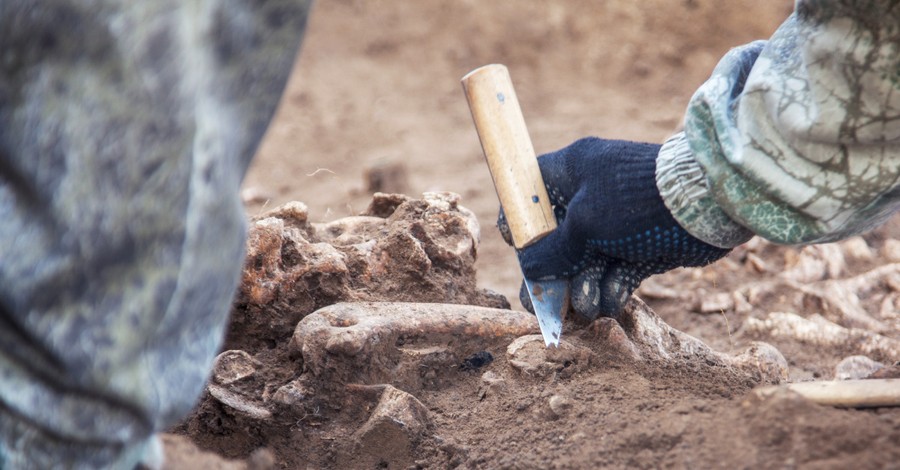
Excavation work has started on graves found at the site where one of the oldest African American congregations in the U.S. once stood.
Researchers began work earlier this week to examine three burial sites at the ruins of the Historic First Baptist Church of Williamsburg, Virginia. The church is believed to have been built in about 1818, The Christian Post reports.
Members of the congregation and the Colonial Williamsburg Foundation prayed an "ancestral blessing" over the excavation site on Monday.
Jack Gary, director of archaeology at the Colonial Williamsburg Foundation, told The Christian Post that he considered the event to be "a moving ceremony in honor of those whose names are known only to God."
"After discussing next steps and answering questions about our work, we began the excavation process of the first of three burial sites after the ceremony. We expect the work on these three burial sites to be completed in about two months," he said.
First Baptist Church of Williamsburg is believed to have first held secret worship meetings hosted by enslaved and formerly enslaved people in the 1770s at Green Spring Plantation, near Williamsburg.
Later the congregation became an official church and was led by Gowan Pamphlet, an enslaved man who became the first African American to be ordained as a Baptist preacher.
Experts believe the church was built around 1818 and then destroyed by a tornado in 1834. In 1856, a brick church building was built on the site before the congregation moved again in 1956.
"The early history of our congregation, beginning with enslaved and free blacks gathering outdoors in secret in 1776, has always been a part of who we are as a community," said the Rev. Reginald F. Davis, the church's pastor, in a statement last October.
"To see it unearthed — to see the actual bricks of that original foundation and the outline of the place our ancestors worshiped — brings that history to life and makes that piece of our identity tangible. After 245 years, this is a reason to truly celebrate."
Photo courtesy: ©Getty Images/iStock, this is a stock image
Amanda Casanova is a writer living in Dallas, Texas. She has covered news for ChristianHeadlines.com since 2014. She has also contributed to The Houston Chronicle, U.S. News and World Report and IBelieve.com. She blogs at The Migraine Runner.










